Home>Interior Design>How Do You Design A Bookshelf?
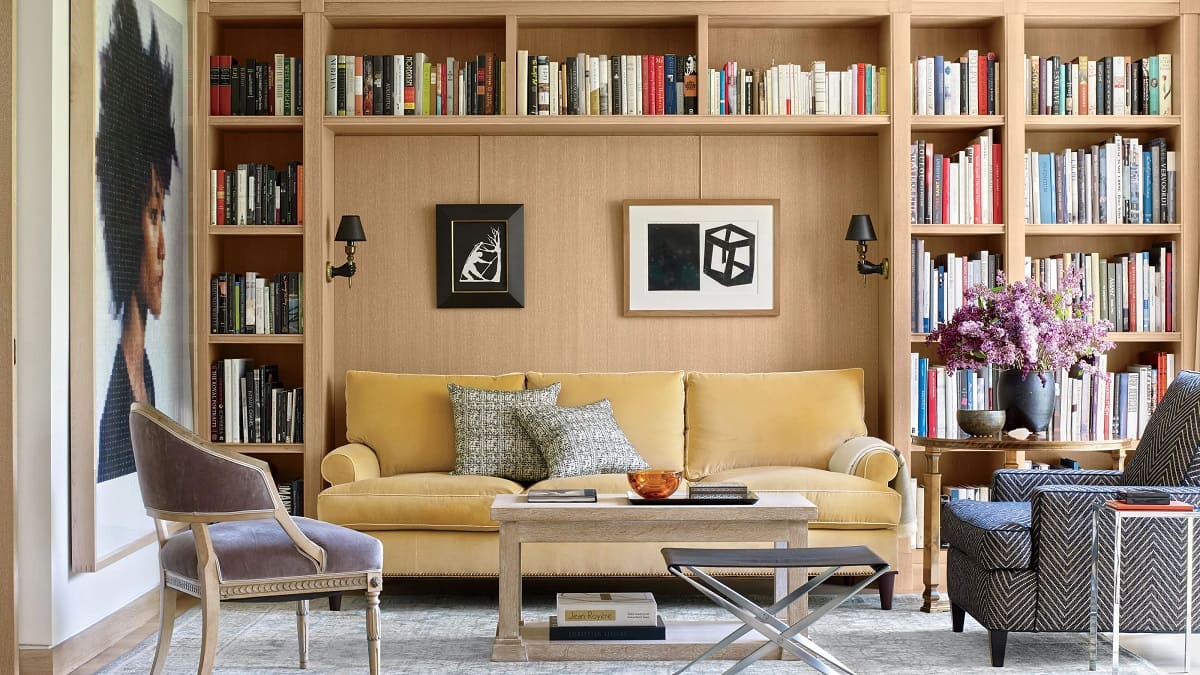

Interior Design
How Do You Design A Bookshelf?
Modified: February 21, 2024
Learn the art of bookshelf design with our expert tips and ideas for interior design enthusiasts. Enhance your space with stylish and functional bookshelves.
(Many of the links in this article redirect to a specific reviewed product. Your purchase of these products through affiliate links helps to generate commission for Storables.com, at no extra cost. Learn more)
Introduction
Welcome to the world of interior design and the art of creating the perfect bookshelf. Whether you’re an avid reader, a collector of books, or simply looking to add a stylish and functional element to your space, designing a bookshelf can be both exciting and challenging.
A well-designed bookshelf not only provides a practical storage solution for your books, but it also adds character and personality to your room. From sleek and modern designs to rustic and traditional styles, there are endless possibilities to explore. In this article, we will guide you through the process of designing a bookshelf that meets your needs and enhances the overall aesthetics of your space.
Before diving into the details, it’s important to take a moment to assess your needs and available space. Are you looking for a small bookshelf for a cozy reading nook, or do you need a large, freestanding bookshelf to store your extensive book collection? Understanding your requirements and the dimensions of your space will serve as the foundation for the design process.
Next, you’ll need to determine the style and design that best aligns with your aesthetic preferences and the overall theme of your room. Are you drawn to minimalist and clean lines, or do you prefer a more eclectic and decorative look? Consider factors such as the existing furniture, color palette, and architectural elements in your space to ensure a cohesive and harmonious design.
Once you have a clear vision of the style, it’s time to choose the right materials for your bookshelf. Wood is a popular and versatile option that can be stained or painted to match your desired look. Alternatively, metal and glass materials can lend a contemporary and sleek feel to your bookshelf. Consider the durability and maintenance requirements of each material to make an informed decision.
Now that you have the basic elements in place, it’s time to dive into the practical aspects of designing a bookshelf. Start by measuring and planning the dimensions of your bookshelf to ensure that it fits seamlessly into your space. Take into account factors such as ceiling height, wall space, and any architectural features that may impact the design.
With the measurements in hand, it’s time to design the layout and organization of your bookshelf. Think about how you want to categorize your books – by genre, author, or color – and consider if you want to incorporate additional storage options such as drawers or cabinets. Keep in mind that an organized and visually appealing bookshelf can make it easier to find and access your books.
Key Takeaways:
- Designing a bookshelf involves assessing space, determining style, selecting materials, and planning layout. It’s a creative process that combines functionality with personal taste and aesthetic appeal.
- Incorporating decorative elements, considering practicality, and adding finishing touches are essential for creating a visually stunning and highly functional bookshelf. It’s a reflection of personal style and creativity.
Read also: 8 Superior Bookshelf for 2024
Assessing your needs and available space
Before diving into the design process, it’s crucial to assess your needs and the available space for your bookshelf. This step will help you determine the size, style, and functionality that will best suit your requirements.
Firstly, consider how many books you currently have or plan to have in your collection. If you have a small number of books, a compact bookshelf or a wall-mounted shelf may be sufficient. However, if you have an extensive collection, a larger freestanding bookshelf or a custom-built floor-to-ceiling design might be necessary.
Take into account the dimensions of your space, including the height, width, and depth available for the bookshelf. Consider the overall layout of the room and the placement of other furniture pieces to ensure that the bookshelf fits harmoniously without overwhelming the space.
It’s also important to evaluate the purpose of the bookshelf. Will it primarily serve as a storage solution for books, or do you also want it to display other items, such as decorative objects or personal mementos? Determining the intended use will help you design the layout and choose the right shelving options.
Additionally, consider the accessibility and functionality of the bookshelf. Will you need easy access to frequently used books, or will the majority of the collection be for display purposes only? This will help you decide whether to incorporate adjustable shelves or specialized compartments for specific book sizes.
Another factor to consider is the aesthetic of the room. Do you prefer a minimalist and sleek design, or are you drawn to a more ornate and decorative style? Take into account the existing furniture, color palette, and architectural elements in the room to ensure that the bookshelf complements the overall look and feel of the space.
Lastly, consider any future growth or changes in your book collection. If you anticipate expanding your collection, it’s a good idea to plan for additional space or modular options that can accommodate future additions.
By carefully assessing your needs and available space, you can lay the foundation for a bookshelf design that harmonizes functionality, style, and practicality. This step will help you make informed decisions throughout the design process and ensure that the final result exceeds your expectations.
Determining the style and design
Once you have assessed your needs and available space for your bookshelf, it’s time to determine the style and design that will best complement your space and reflect your personal taste. The style and design will set the tone for the overall aesthetic of the room and contribute to the visual impact of the bookshelf.
Start by considering the existing decor and architectural elements in the room. Is it modern and minimalist, or does it have a more traditional and rustic feel? Ensure that the style of your bookshelf aligns with the overall theme to create a harmonious and cohesive look.
If you prefer a sleek and contemporary design, you might opt for a minimalist bookshelf with clean lines and straight edges. These bookshelves often feature a combination of wood, metal, and glass, creating a sophisticated and modern look.
For those who appreciate a more rustic or traditional style, consider a bookshelf made of reclaimed or distressed wood. These bookshelves exude warmth and character, adding a touch of vintage charm to your space. Look for details like ornate carvings or antique hardware to enhance the overall aesthetic.
If you are more inclined towards a transitional style, which combines elements of both traditional and contemporary designs, you can choose a bookshelf with clean lines and subtle detailing. Consider a mix of materials, such as wood and metal, to create a unique and versatile piece.
Another important aspect of determining the style and design is selecting the right color or finish for your bookshelf. Consider the existing color palette in the room and choose a finish that complements it. If you want the bookshelf to blend seamlessly with the surroundings, opt for a stain or paint color that matches the existing furniture or trim in the room. Alternatively, if you want to make a bold statement, choose a contrasting color or a unique finish to create a focal point.
When selecting the design of the bookshelf, also consider the shape and configuration. Some bookshelves have a standard rectangular shape, while others feature unique designs, such as ladder-style bookshelves or corner bookshelves. The shape you choose should not only be visually appealing but also functional and space-efficient.
Finally, remember that your personal taste and preferences should guide the design process. Explore different styles and designs, gather inspiration from magazines, websites, and interior design blogs. Create a mood board or collect images that resonate with your vision and use them as a reference point throughout the design process.
By determining the style and design of your bookshelf, you will create a visually stunning and cohesive piece that complements your space and reflects your unique style. This step will bring your vision to life and set the stage for the next steps in designing your ideal bookshelf.
Choosing the right materials
When designing a bookshelf, one of the most important decisions you will make is choosing the right materials. The materials you select will not only impact the overall look and feel of the bookshelf but also determine its durability and longevity. Here are some popular materials to consider:
Wood: Wood is a classic and versatile material that is commonly used for bookshelves. It offers a timeless appeal and can be stained, painted, or left in its natural state, depending on the desired look. Hardwood, such as oak, maple, or cherry, is known for its durability and strength. Softwoods like pine or cedar are lighter and more affordable options. Consider the grain, color, and finish of the wood to choose a style that harmonizes with your space.
Metal: Metal bookshelves can lend a contemporary and industrial look to your space. They are often made of materials like steel or iron and are known for their durability and strength. Metal bookshelves can be sleek and minimalist or feature unique designs with intricate patterns or open shelving. Consider the color and finish of the metal to ensure it complements your space and personal aesthetic.
Glass: Glass bookshelves add a touch of elegance and sophistication to any room. They create a light and airy feel, making smaller spaces appear larger. Glass shelves can be supported by metal or wood frames, and they are particularly popular for displaying decorative items or collectibles. Keep in mind that glass shelves may require more maintenance to keep them clean and free from smudges or fingerprints.
Laminate: Laminate bookshelves are a budget-friendly option that offers a variety of colors, patterns, and finishes. They are made by layering a thin sheet of decorative paper onto a wood-based core, which is then sealed with a protective layer. Laminate bookshelves are durable, easy to clean, and resistant to scratches. Consider laminates that mimic the appearance of natural wood or other materials for a stylish and cost-effective option.
Once you have identified the material(s) that align with your style and budget, consider the practical aspects of each option. Think about the weight capacity of the shelves, especially if you have a large book collection. Consider the maintenance requirements and how easily each material can be cleaned and maintained. Additionally, take into account the environmental impact of the materials you choose and opt for sustainable options whenever possible.
Don’t be afraid to mix and match materials to create a unique and personalized bookshelf. For example, combining wood and metal can create a modern-industrial look, while combining glass and wood can add a touch of elegance and sophistication. Consider your style preferences, the existing decor in your space, and the overall aesthetic you want to achieve to make an informed decision.
Choosing the right materials is a crucial step in designing a bookshelf that not only looks beautiful but also stands the test of time. By considering factors such as durability, maintenance, and aesthetic appeal, you can select materials that bring your vision to life and create a stunning bookshelf for your space.
Measuring and planning the dimensions
Before you can start designing your bookshelf, it’s essential to accurately measure and plan the dimensions. Proper measurements will ensure that your bookshelf fits seamlessly into your space and meets your specific needs. Here are some steps to help you with this process:
1. Measure the available space: Begin by measuring the area where you plan to place your bookshelf. Use a tape measure to measure the height, width, and depth of the space. Take into consideration any obstacles or architectural features, such as windows, doors, or outlets, that may affect the placement of the bookshelf.
2. Consider the purpose and functionality: Determine how you intend to use your bookshelf. Will it primarily be for storing books, or do you also want to include space for displaying decorative items? Consider the height and width of the shelves and how many books or items each shelf needs to accommodate. If you have larger or taller books, make sure the shelves are spacious enough to hold them comfortably.
3. Account for ventilation and access: If you plan to store electronics or other items that require ventilation, make sure to leave sufficient space around them. Also, consider how easy it will be to access the books or items on the shelves. Leave enough clearance above and in front of the bookshelf, especially if you have limited space or plan to place it in a tight corner.
4. Determine the desired height: Decide on the overall height of your bookshelf based on the measurements of the available space and your preferences. Consider factors such as the ceiling height and the visual balance with other furniture in the room. A taller bookshelf can create a statement piece, while a shorter one can provide a more subtle and compact storage solution.
5. Plan for adjustable shelves: Consider incorporating adjustable shelves into your design. This will allow you to customize the spacing between each shelf based on the height of your books or items. Adjustable shelves provide versatility and flexibility, ensuring that your bookshelf can adapt to your changing storage needs over time.
6. Create a detailed plan: Using the measurements and considerations above, create a detailed plan or sketch of your bookshelf. Include the dimensions of each component, such as the height, width, and depth of the bookshelves and any additional features like drawers or cabinets. This plan will serve as a guide during the construction process and ensure that you have a clear vision of the final product.
Remember to double-check your measurements and be precise in your calculations. It’s always better to measure twice and cut once to avoid costly mistakes or the need for alterations later on. If you are not confident in your measuring skills, consider consulting a professional or seeking guidance from experienced individuals in the field.
By measuring and planning the dimensions of your bookshelf, you can ensure that it seamlessly fits into your space and meets your specific needs. Taking the time to carefully plan this stage will save you time and effort down the line and result in a well-proportioned and aesthetically pleasing bookshelf.
Read more: How Do You Hang A Porch Swing
Designing the layout and organization
Once you have determined the dimensions of your bookshelf, it’s time to dive into the exciting process of designing the layout and organization. A well-designed layout will not only optimize the storage capacity of your bookshelf but also enhance the overall aesthetic and functionality. Here are some tips to help you create an efficient and visually appealing layout:
1. Categorize your books: Start by categorizing your books based on genre, author, or any other system that makes sense to you. This will help you organize the shelves and make it easier to locate specific books when needed. Consider grouping similar books together to create a cohesive and organized look.
2. Arrange books based on size: Consider the size of your books when planning the layout. Place larger and taller books on the lower shelves to provide stability and prevent them from tipping over. Smaller or paperback books can be placed on higher shelves or in smaller compartments.
3. Utilize adjustable shelves: If your bookshelf has adjustable shelves, take advantage of this feature to accommodate books of different heights. Experiment with different shelf heights to find the best configuration that maximizes storage space and ensures that the shelves are not too cramped or too empty-looking.
4. Incorporate decorative elements: Use your bookshelf as an opportunity to showcase decorative elements that reflect your personal style. Add small plants, framed photos, or unique ornaments to break up the rows of books and add visual interest. Be mindful not to overcrowd the shelves with too many decorations, as it may distract from the beauty of the books themselves.
5. Consider the aesthetics: Think about the visual impact of your bookshelf as a whole. Arrange books with alternating spines facing inward and outward to create a pleasing pattern. You can also experiment with arranging the books in a color gradient for a visually striking effect. Ensure that there is a sense of balance and symmetry in the arrangement, keeping in mind the overall style and design of the room.
6. Leave some breathing space: Avoid cramming the shelves with books and items. Leaving some space between books and on the shelves themselves creates a sense of openness and allows the books to be displayed more prominently. It also makes it easier to browse and access the books without causing damage.
7. Consider additional storage options: Depending on the available space and your specific needs, you may want to incorporate additional storage options into your bookshelf design. This could include built-in drawers, cabinets, or cubbies for storing items such as magazines, notebooks, or electronic devices. These additional compartments can help keep your space tidy and organized.
Remember, there’s no one-size-fits-all approach to designing the layout and organization of your bookshelf. Experiment with different configurations and be open to adjusting the arrangement as needed. The goal is to create a layout that not only provides functional storage but also showcases your books in an aesthetically pleasing way.
By carefully considering the layout and organization, your bookshelf will become not only a practical storage solution but also a captivating display of your literary collection. Enjoy the process of arranging your books and finding a layout that perfectly suits your style and needs.
When designing a bookshelf, consider the height and width of the space, the types of books or items it will hold, and the overall aesthetic of the room. Adjustable shelves can provide flexibility for different sized items.
Selecting appropriate shelving options
When designing a bookshelf, selecting the appropriate shelving options is essential for both practicality and aesthetics. The type of shelving you choose will impact the functionality, storage capacity, and overall visual appeal of your bookshelf. Here are some popular shelving options to consider:
1. Fixed shelves: Fixed shelves are the most common type of shelving and are permanently attached to the bookshelf frame. They offer stability and strength, making them suitable for heavy books or items. Fixed shelves are relatively simple to install and provide a clean and streamlined look. However, they may limit flexibility when it comes to adjusting shelf heights.
2. Adjustable shelves: Adjustable shelves provide versatility and flexibility, allowing you to customize the spacing between each shelf based on your storage needs. These shelves typically rest on pegs or metal supports that can be moved up or down within pre-drilled holes in the bookshelf frame. Adjustable shelves are ideal for accommodating books of different sizes or for future reconfiguration as your collection grows.
3. Floating shelves: Floating shelves are mounted directly onto the wall without visible brackets or supports, creating a sleek and minimalist look. They provide a modern and airy feel to your bookshelf and can be used to display both books and decorative items. Floating shelves are great for small spaces or for creating a dynamic and artistic arrangement of your books.
4. Cubbies or compartments: Cubbies or compartments are separate sections within the bookshelf that can accommodate specific items or book categories. They offer a visually appealing way to organize your books, especially if you want to create distinct sections for different genres, authors, or sizes. Cubbies can be uniform in size or varied to add visual interest to your bookshelf.
5. Ladder-style shelves: Ladder-style shelves feature a leaning design, where the shelves gradually decrease in size from the bottom to the top, resembling a ladder. These shelves provide a unique and contemporary look to your bookshelf and are perfect for displaying books and decorative items at varying heights. Ladder-style shelves are a great space-saving option and can add an architectural element to your room.
6. Combination of shelving options: You can also mix and match different shelving options to create a customized bookshelf design. For example, you might choose to have fixed shelves for stability at the bottom, adjustable shelves in the middle for flexibility, and floating shelves at the top for a modern touch. This combination allows you to optimize storage space while adding visual interest.
Consider the size and weight of your books, as well as the overall aesthetic you want to achieve, when selecting the appropriate shelving options. It’s important to choose shelves that can comfortably support the weight of your books without sagging or becoming unstable. Additionally, think about how the shelving options will enhance the overall look and feel of your bookshelf and how they relate to the style and design of your room.
By selecting appropriate shelving options, you can create a bookshelf that not only provides functional storage for your books but also adds visual appeal to your space. Think about your specific needs and preferences, and don’t be afraid to mix and match different types of shelves to achieve a customized and stylish bookshelf design.
Incorporating decorative elements
When designing a bookshelf, it’s important to go beyond mere functionality and consider how you can incorporate decorative elements to enhance the overall visual appeal of your space. By adding decorative elements, you can transform your bookshelf into a focal point and showcase your personal style. Here are some ideas to help you incorporate decorative elements into your bookshelf design:
1. Artwork and framed photos: Turn your bookshelf into a gallery by displaying artwork or framed photos. This adds a personal touch and brings a sense of warmth and personality to the space. Mix and match different sizes and orientations of frames for an eclectic look or create a cohesive display using frames of the same color or material.
2. Sculptures and figurines: Add sculptural pieces or figurines to your bookshelf to create visual interest and add a unique touch. Consider pieces that reflect your interests or hobbies, or that complement the overall theme of your room. Place them strategically among the books to create a balanced and curated look.
3. Plants and greenery: Introduce a touch of nature to your bookshelf by incorporating small potted plants or succulents. Plants not only add a pop of color and freshness but also help create a more relaxed and inviting atmosphere. Choose plants that thrive indoors and require minimal maintenance, such as pothos, snake plants, or spider plants.
4. Bookends: Use decorative bookends to add charm and practicality to your bookshelf. Bookends come in various shapes, sizes, and materials, allowing you to express your personal style. They can be functional, holding books in place, or purely decorative, adding a stylish element to your overall bookshelf design.
5. Collectibles and memorabilia: Showcase collectibles or memorabilia that hold sentimental value or reflect your interests. This can range from vintage cameras and vinyl records to sports memorabilia or travel souvenirs. These cherished items add a personal touch and can serve as great conversation starters.
6. Textured objects and textiles: Add texture and depth to your bookshelf by incorporating objects with interesting textures or textiles. This could include woven baskets, ceramic vases, or fabric-covered storage boxes. Mix and match different textures to create a visually engaging display that complements the books and enhances the overall effect of your bookshelf.
7. Lighting: Consider adding lighting to highlight specific areas of your bookshelf or create a cozy ambiance. Use LED strip lights or small, battery-operated spotlights to illuminate the shelves and draw attention to certain books or decorative items. This not only adds visual interest but also makes your bookshelf stand out, especially during evening hours.
When incorporating decorative elements into your bookshelf design, it’s important to achieve a balance between functionality and aesthetics. Avoid overcrowding the shelves with too many decorative items, as it can detract from the beauty of the books and create a cluttered look. Instead, strategically place decorative elements throughout the bookshelf, leaving space for the books to shine.
Remember to be creative and let your personal style shine through. Use the decorative elements to showcase your interests, memories, and passions. The combination of books and carefully curated decorative items will transform your bookshelf into a striking and personal statement piece in your room.
Considering practicality and functionality
When designing a bookshelf, it’s important to strike a balance between style and practicality. While the aesthetics of your bookshelf are essential, it should also be functional and meet your everyday storage needs. Here are some aspects to consider when aiming for practicality and functionality:
1. Accessibility: Ensure that your books and items are easily accessible. Place frequently used books or items at eye level or within reach, while reserving higher or lower shelves for less frequently accessed items. This will make it more convenient and efficient to find what you need without the risk of straining or causing damage to the books or yourself.
2. Weight capacity: Consider the weight capacity of your bookshelf and choose materials and components that can support the weight of your books without sagging or collapsing. If you have a significant number of heavy hardcover books, opt for sturdy shelves and reinforced supports to ensure long-term durability.
3. Durability and stability: Select materials and construction techniques that provide durability and stability. The bookshelf should be able to withstand the weight of the books and any potential movement or accidental bumps. Ensure that the shelves are securely attached to the frame and that the overall structure is solid and reliable.
4. Adjustable shelves: Consider incorporating adjustable shelves to accommodate different book sizes and varying storage needs. This flexibility allows you to customize the spacing between shelves as your collection evolves over time. Adjustable shelves also make it easier to rearrange and organize your books according to preference or changing aesthetics.
5. Safety: It’s important to prioritize safety when designing your bookshelf. Make sure it is stable and properly anchored to avoid tipping over, especially if you have children or pets in the house. If you have open shelves or glass doors, ensure that they are secure and have appropriate safety measures to prevent accidents or damage.
6. Wire management: If you plan to store electronics or have cables running through your bookshelf, consider incorporating wire management solutions. This includes features such as hidden cable routing or designated spaces for power strips or cable management boxes. Keeping wires organized and out of sight helps maintain a clean and clutter-free look.
7. Lighting: Lighting not only enhances the aesthetic appeal of your bookshelf but also improves functionality. Consider adding LED strip lights or small spotlights to illuminate the shelves, making it easier to browse and locate books, especially in dimly lit areas. Adjustable lighting options will allow you to customize the brightness and ambiance according to your preference.
8. Storage expansion: Anticipate future storage needs and provide options for expanding your bookshelf if necessary. Consider modular designs that allow you to add more shelves or components as your collection grows. This ensures that your bookshelf remains practical and adaptable to your evolving needs.
By considering practicality and functionality in your bookshelf design, you can create a space that is both visually appealing and highly efficient for all your storage and organizational needs. Prioritizing the usability and durability of your bookshelf will ensure that it remains a valuable and functional piece in your home for years to come.
Read more: How Do You Build A Porch Swing
Adding finishing touches
When designing a bookshelf, the finishing touches play a crucial role in elevating the overall look and feel of the space. These final details add character, personality, and a sense of completion to your bookshelf. Here are some ideas for adding those finishing touches:
1. Decorative backings or wallpapers: Consider adding a decorative backing or wallpaper to the back panel of your bookshelf. This can be a patterned wallpaper, a textured fabric, or even a painted accent color. The backing acts as a backdrop for your books, adding visual interest and depth to the display. Choose a design that complements the overall style and color scheme of your room.
2. Stylish bookends: Choose bookends that not only hold your books in place but also serve as decorative accents. Bookends come in various materials, shapes, and styles, such as geometric shapes, animal figures, or artistic sculptures. Select bookends that reflect your personal taste and complement the overall design of your bookshelf.
3. Personal mementos and treasures: Incorporate personal mementos, keepsakes, or cherished treasures onto the shelves. These items could be family heirlooms, travel souvenirs, or small memorabilia that hold sentimental value. Displaying them adds a personal touch and sparks conversations while adding a layer of uniqueness to your bookshelf.
4. Framed artwork or photographs: Arrange framed artwork or photographs among your book collection. These pieces can be small prints or larger pieces that lean against the back of the shelf or hang on the adjacent wall. Experiment with different sizes, orientations, and frames to create a visually appealing composition that complements the books.
5. Small plants and greenery: Introduce living elements by placing small potted plants or indoor succulents on your bookshelf. Plants not only add a touch of freshness and color but also create a sense of tranquility and harmony within the space. Choose low-maintenance plants that thrive indoors, and consider placing them in unique planters or decorative pots for added visual interest.
6. Layering and varying heights: Create visual interest by layering books and decorative items of varying heights. This can be achieved by placing taller books or objects behind shorter ones or by using risers or pedestals to elevate certain items. Layering adds depth and dimension to your bookshelf, making it more visually engaging and dynamic.
7. Thoughtful arrangement: Pay attention to the arrangement of your books, ensuring that they are displayed in an aesthetically pleasing way. Consider organizing books by color, genre, or size to create a visually appealing display. Alternatively, create a curated arrangement by grouping books together based on a specific theme or showcasing a highlighted collection.
8. Nominal accessories: Finally, consider adding small, tasteful accessories that complement the overall style and theme of your bookshelf. These can include decorative objects, such as art pieces, small sculptures, or interesting trinkets. Be mindful not to overcrowd the shelves and allow the books to remain the focal point while enhancing their surroundings.
Remember that adding the finishing touches is an opportunity to showcase your individual style and make your bookshelf truly unique. Experiment with different combinations, step back, and assess the overall effect. Trust your instincts and arrange items in a way that brings you joy and a sense of satisfaction.
With these finishing touches, your bookshelf will become a true reflection of your personality and taste, creating a visually captivating and harmonious focal point in your room.
Conclusion
Designing a bookshelf is an exciting and creative process that allows you to showcase your personal style while providing a functional storage solution. By following the steps outlined in this article, you can create a bookshelf that is not only visually appealing but also meets your unique needs and fits seamlessly into your space.
Start by assessing your needs and available space, considering factors such as the size of your book collection and the dimensions of your room. Determine the style and design that best reflects your taste and complements the overall aesthetic of your space. Select the right materials that offer both durability and visual appeal. Measure and plan the dimensions of your bookshelf carefully to ensure a perfect fit.
Next, focus on designing the layout and organization of your books, considering factors such as book categorization, size, and accessibility. Incorporate shelving options that enhance functionality, such as adjustable shelves or floating shelves. Add decorative elements that reflect your personality and bring a sense of visual interest to your bookshelf. Consider practicality and functionality, ensuring that your bookshelf is durable, stable, and easy to use.
Finally, add the finishing touches that complete the look of your bookshelf. Include decorative backings, stylish bookends, personal mementos, and items that reflect your interests. Pay attention to the overall arrangement and consider layering, varying heights, and thoughtful placement of objects. Remember to strike a balance between functionality and aesthetics to create a space that is not only visually stunning but also highly practical.
Throughout the process, trust your instincts and let your creativity shine. Designing a bookshelf should be a reflection of your unique style and taste. Incorporate elements that bring you joy and make the space truly your own.
In conclusion, designing a bookshelf requires a thoughtful approach, careful consideration of all aspects, and attention to detail. By following the steps and tips outlined in this article, you can create a bookshelf that not only stores your beloved books but also enhances the overall aesthetics of your space. Enjoy the journey, explore your creativity, and embrace the opportunity to design a bookshelf that is both functional and visually captivating.
Frequently Asked Questions about How Do You Design A Bookshelf?
Was this page helpful?
At Storables.com, we guarantee accurate and reliable information. Our content, validated by Expert Board Contributors, is crafted following stringent Editorial Policies. We're committed to providing you with well-researched, expert-backed insights for all your informational needs.
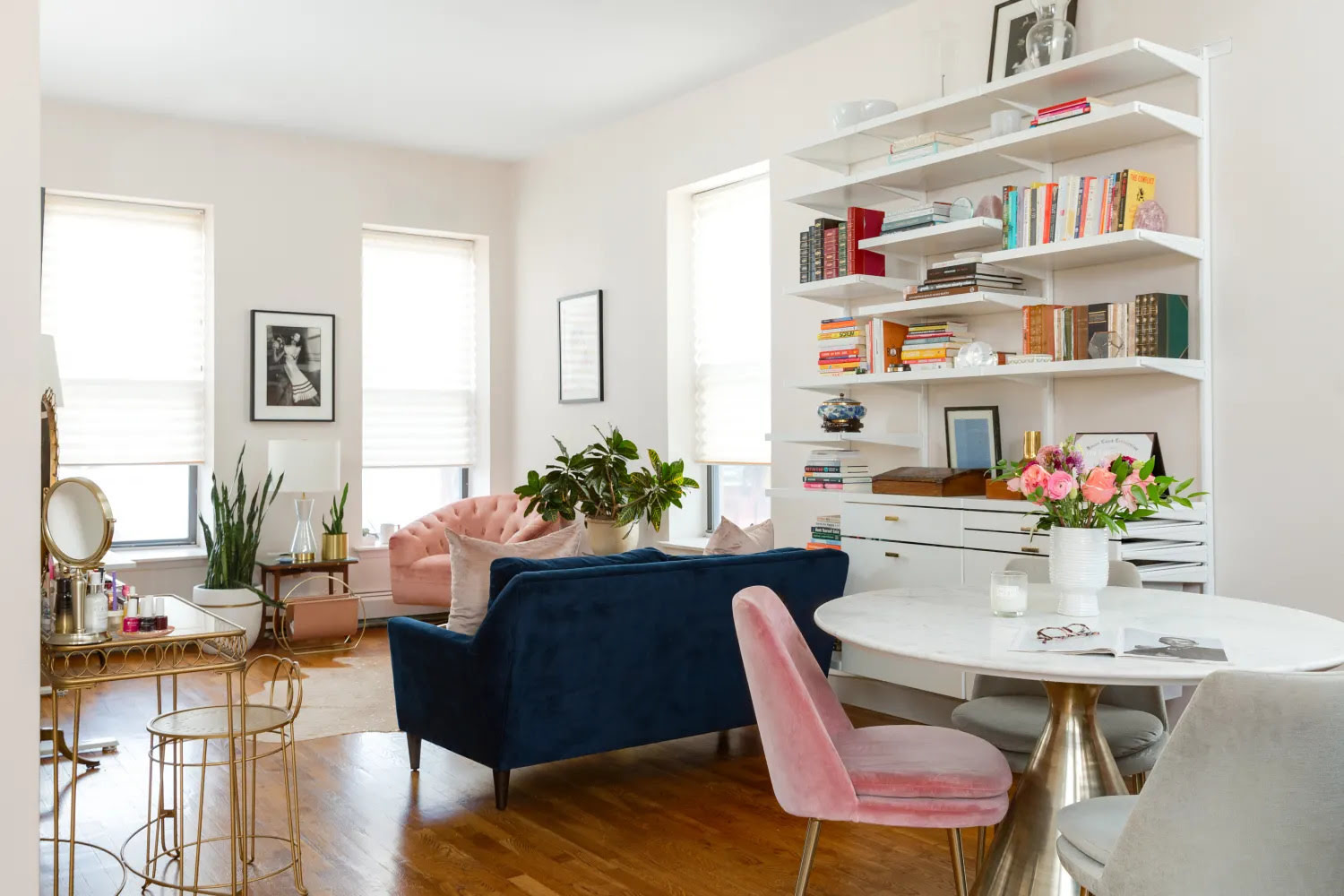
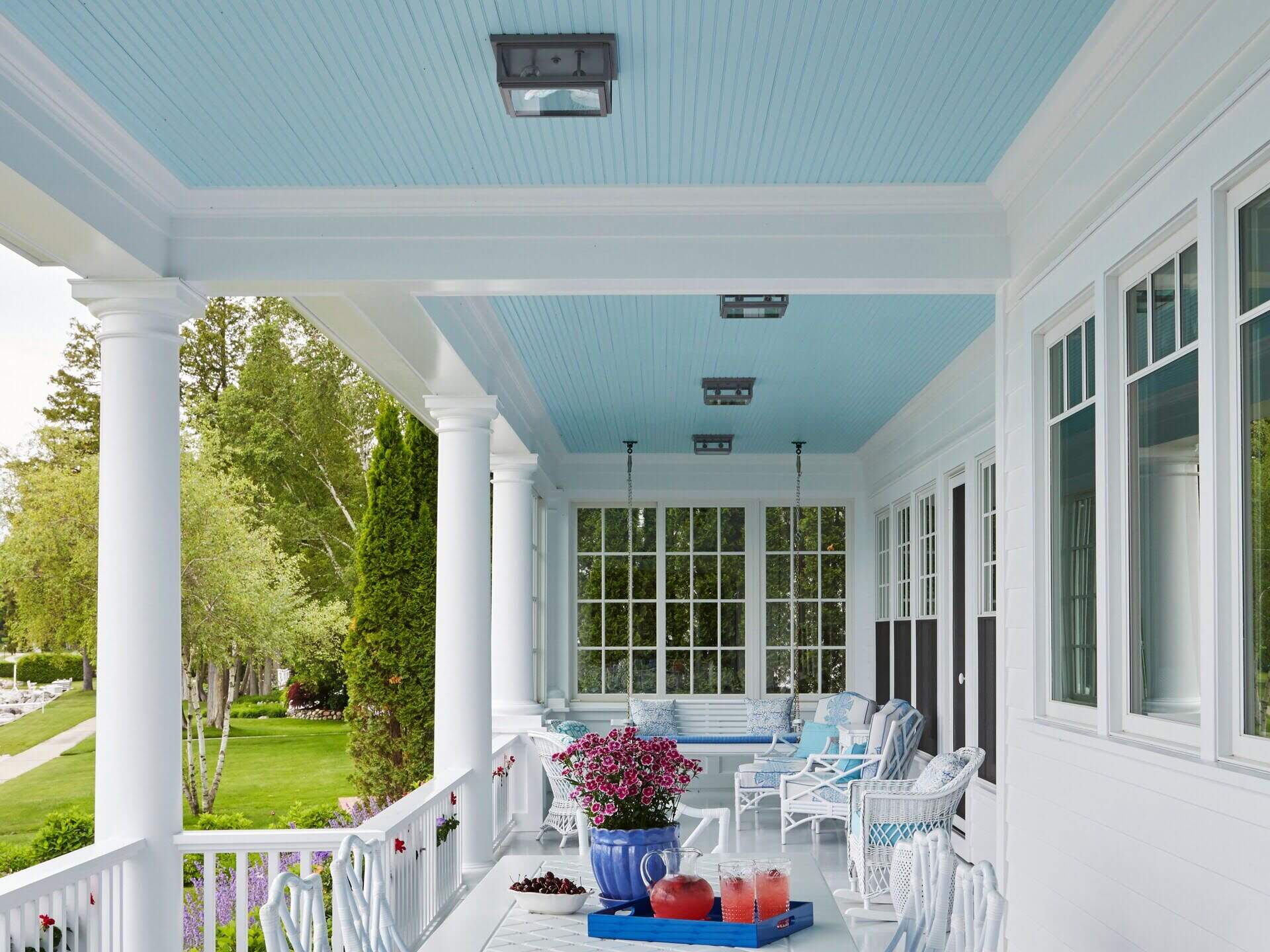
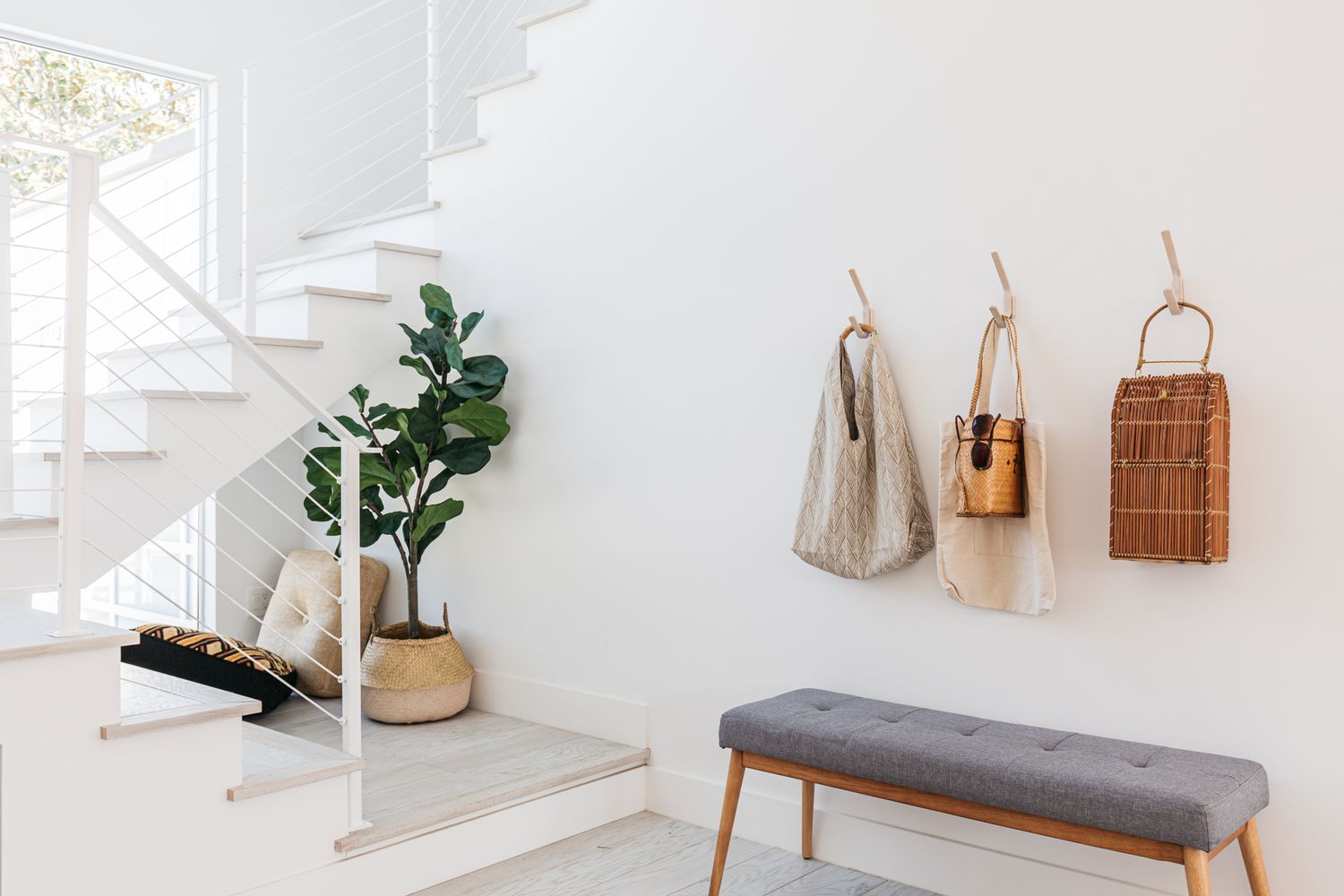
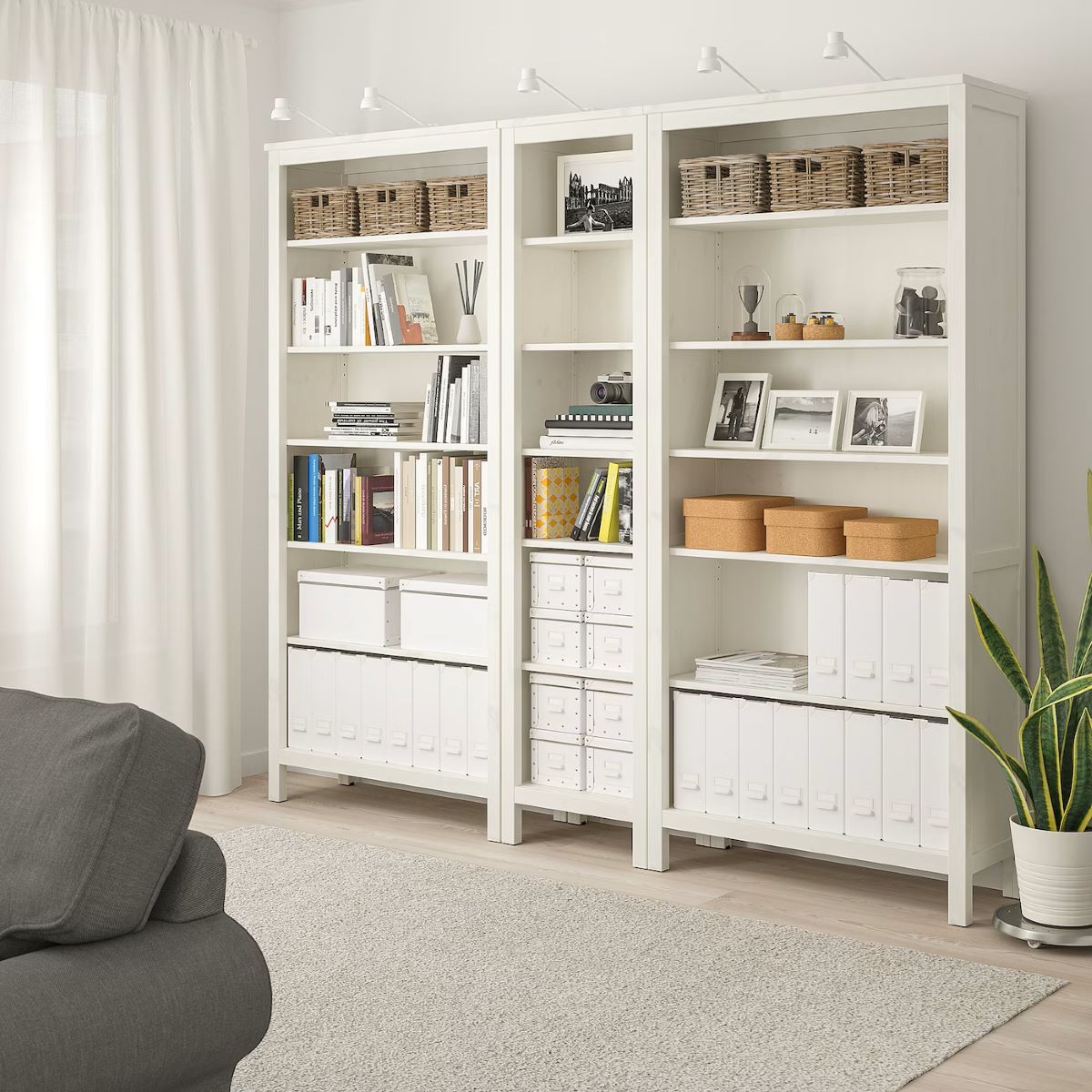
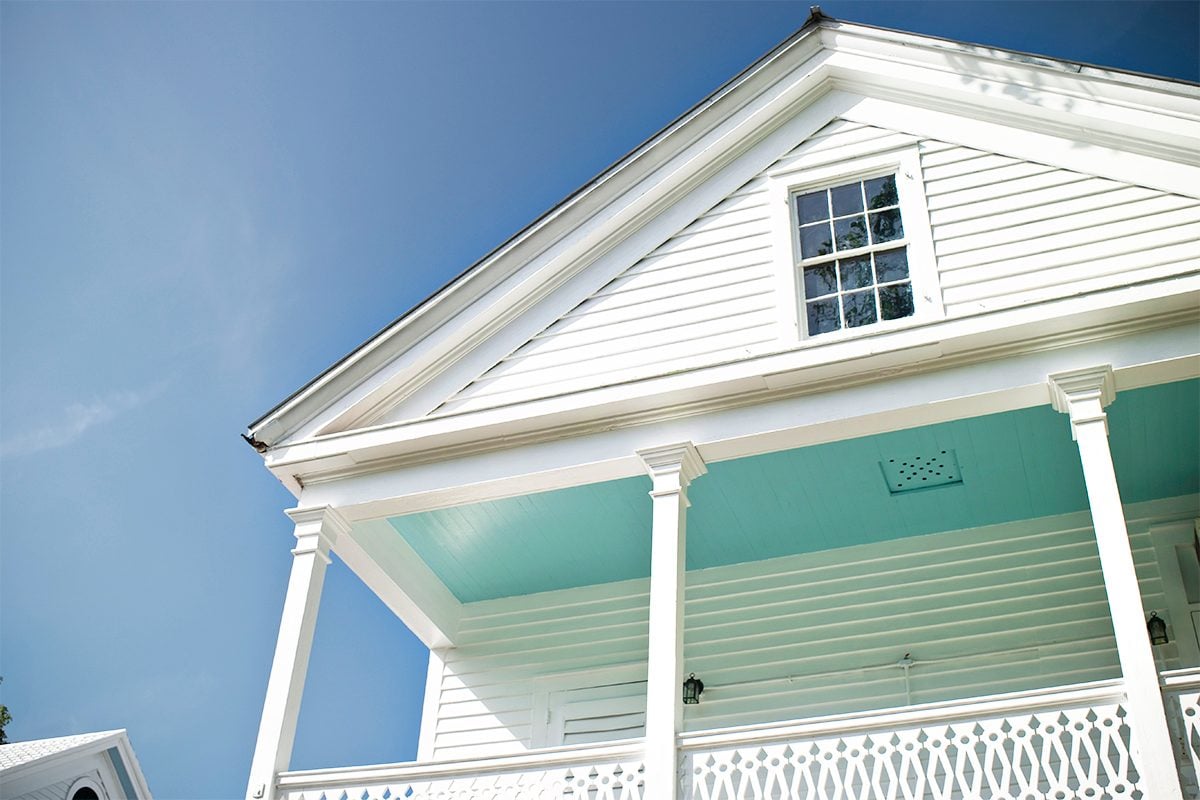
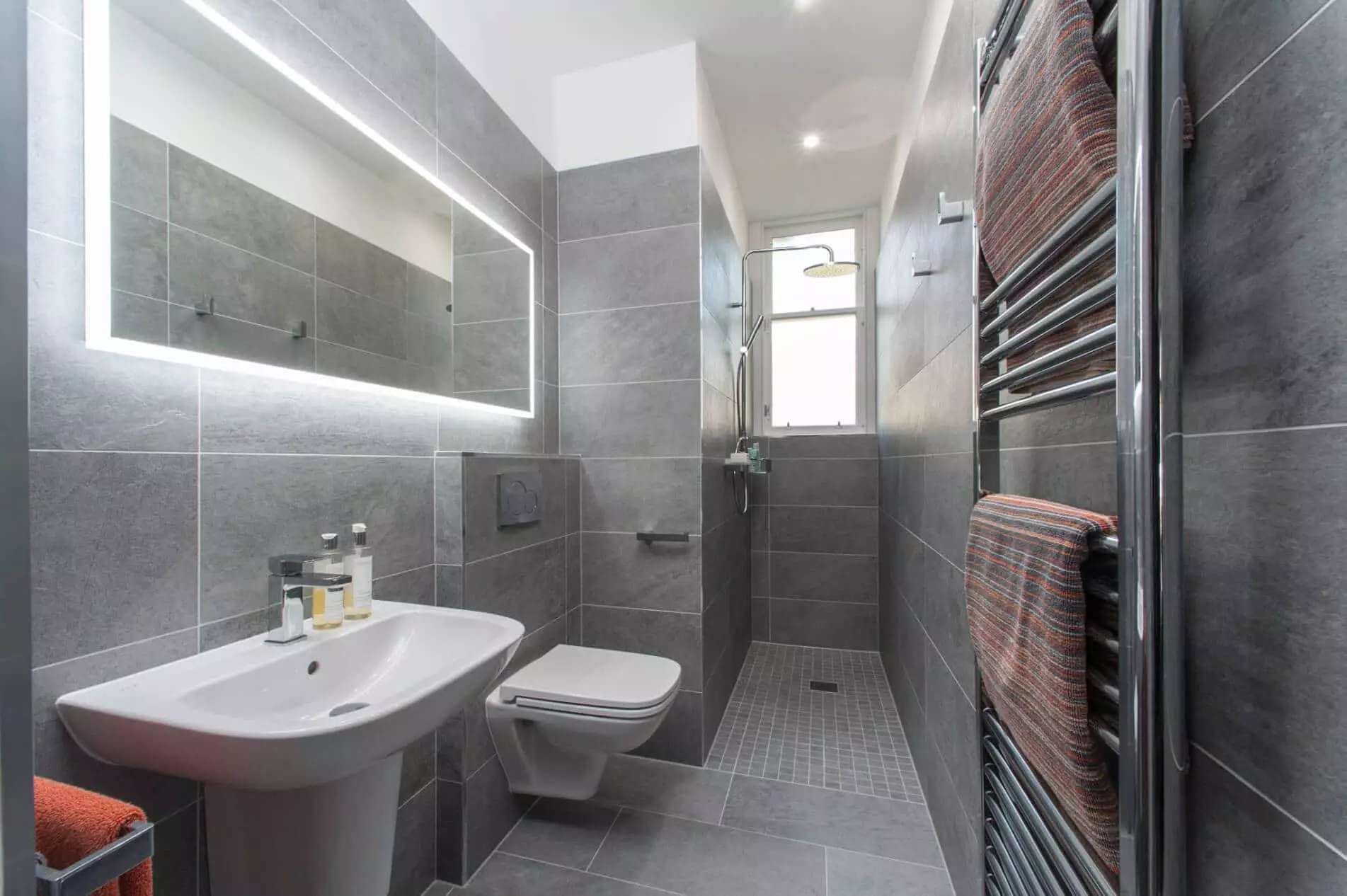

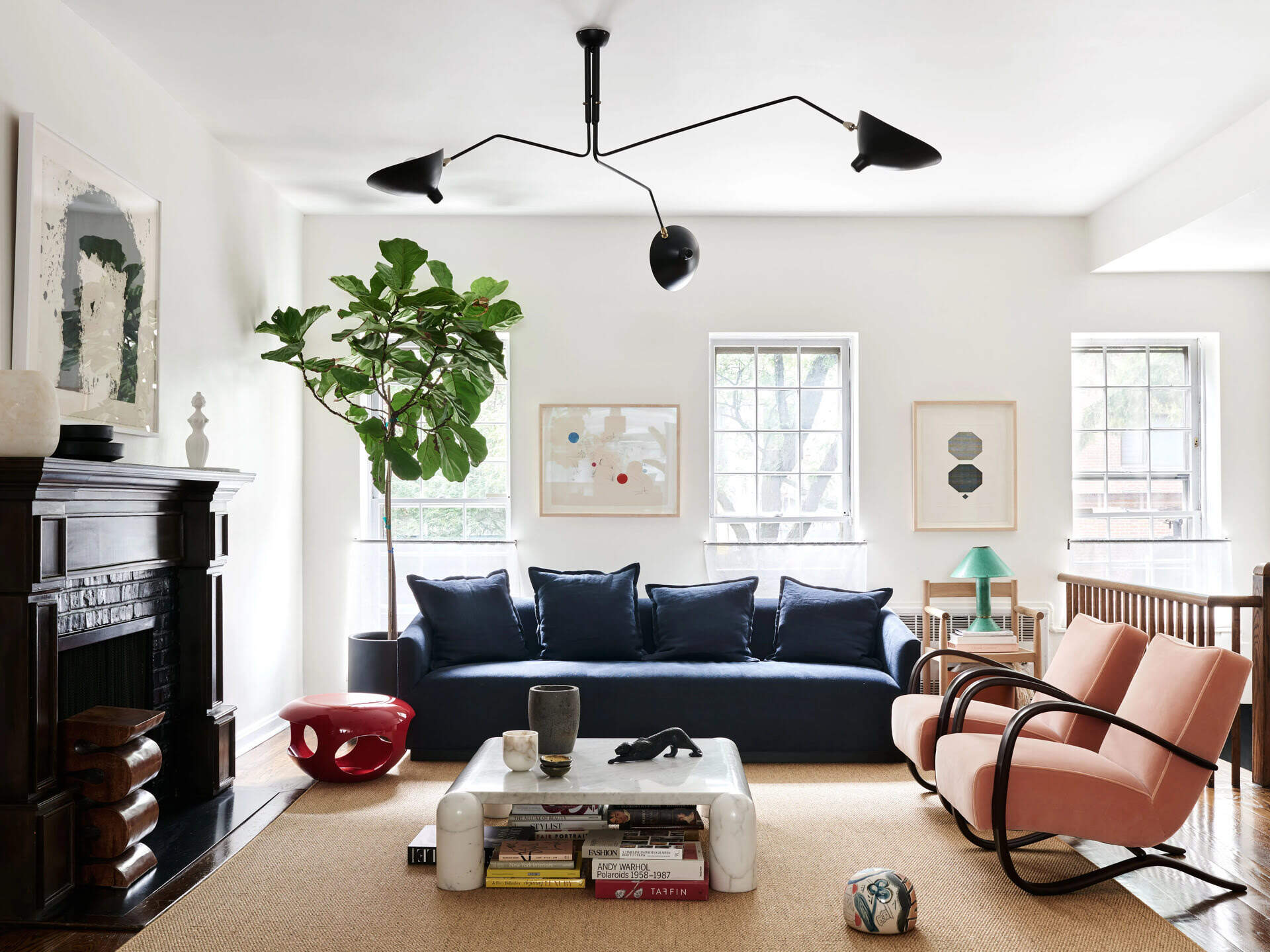
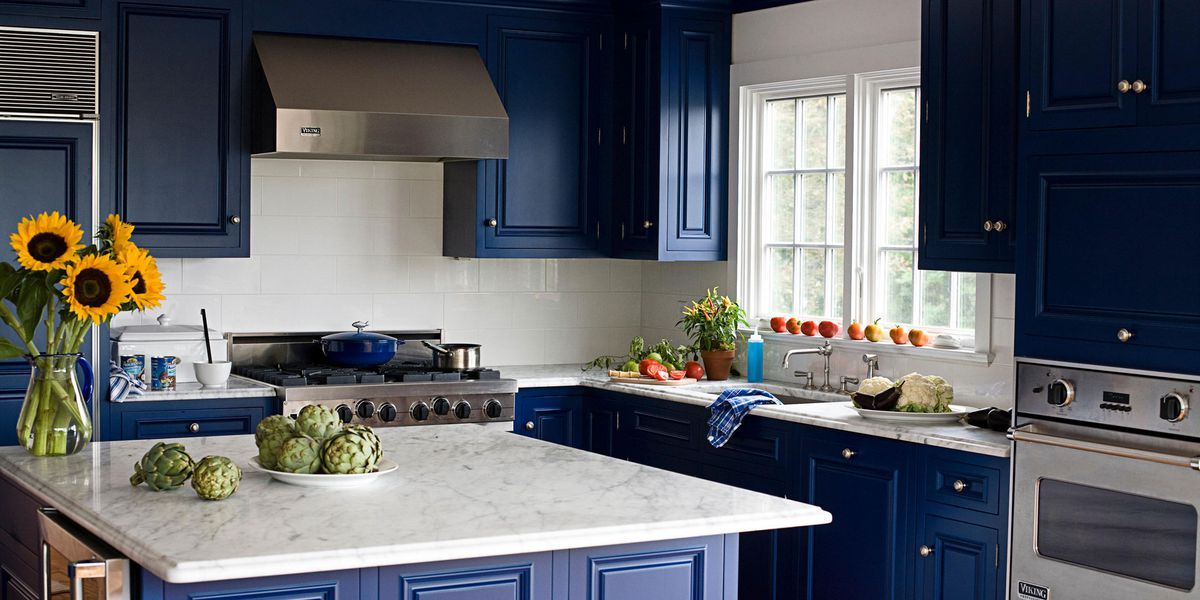
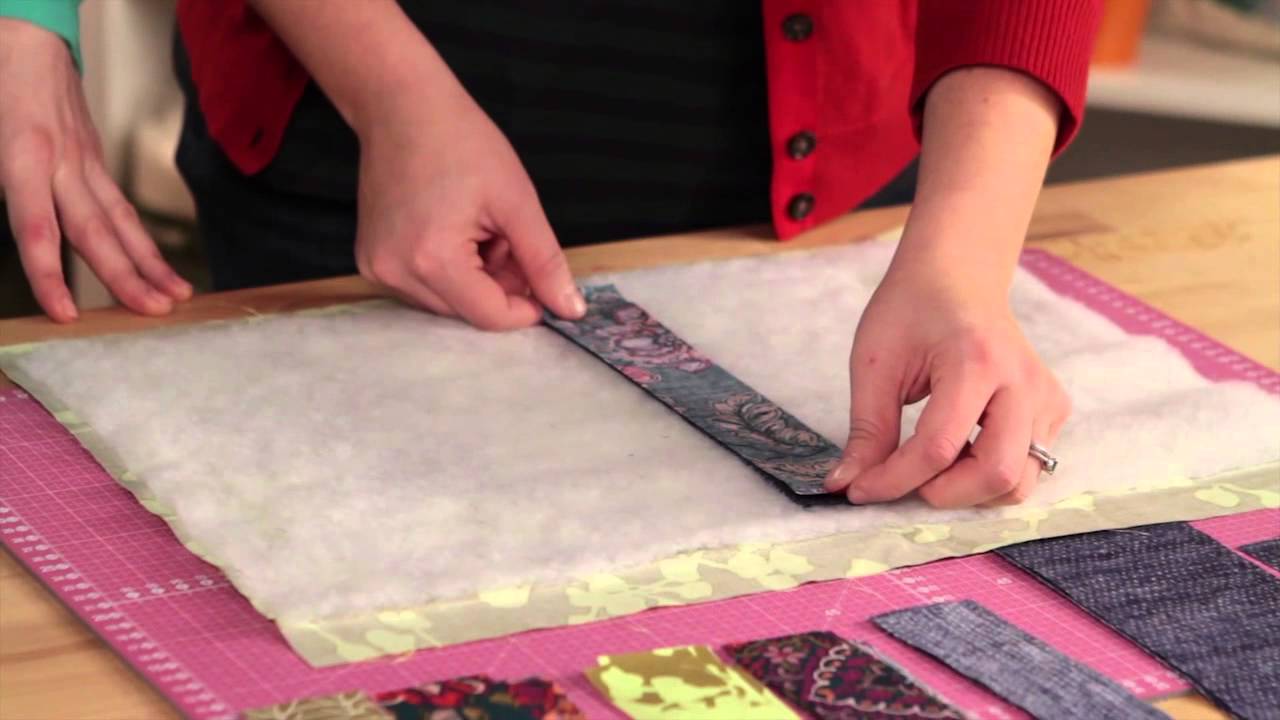
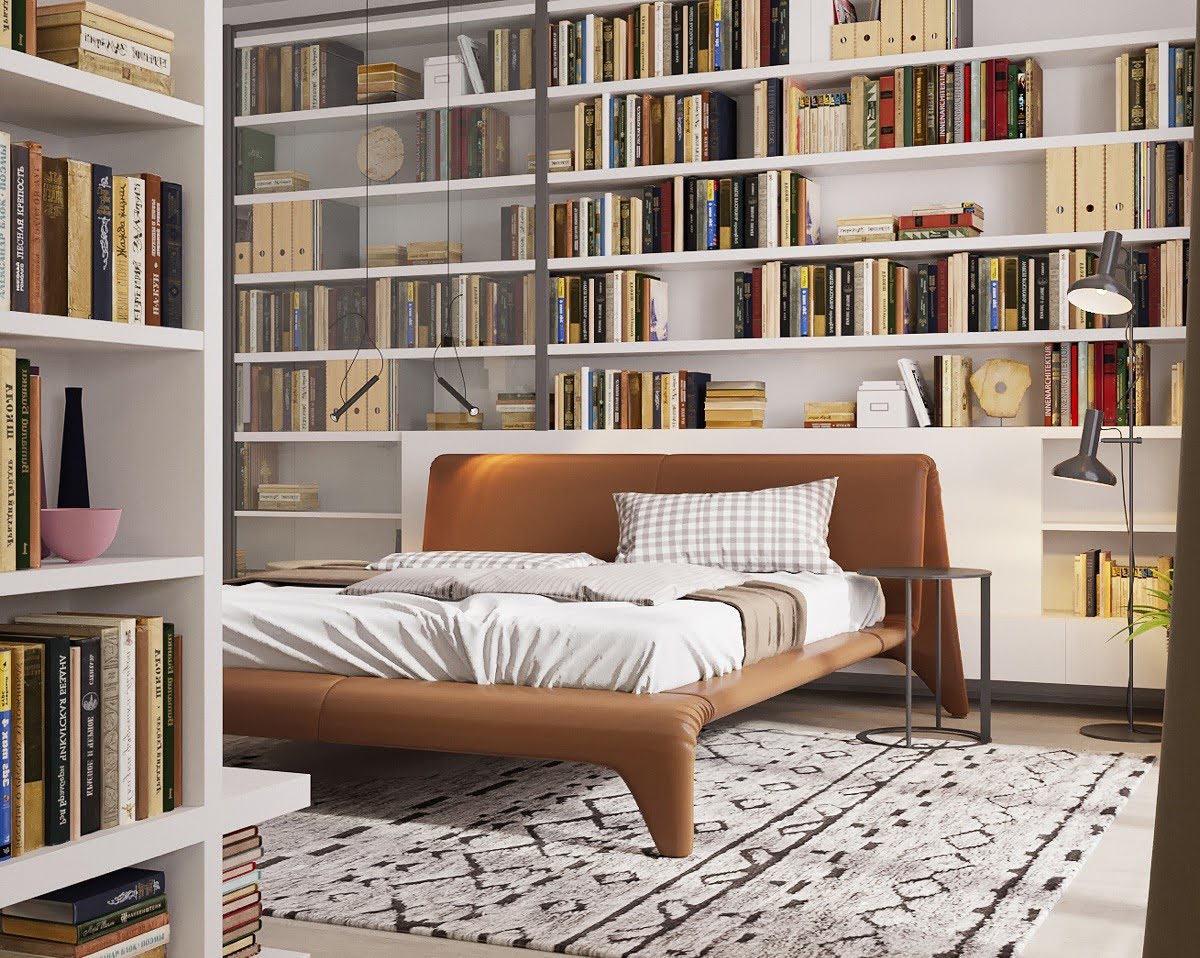
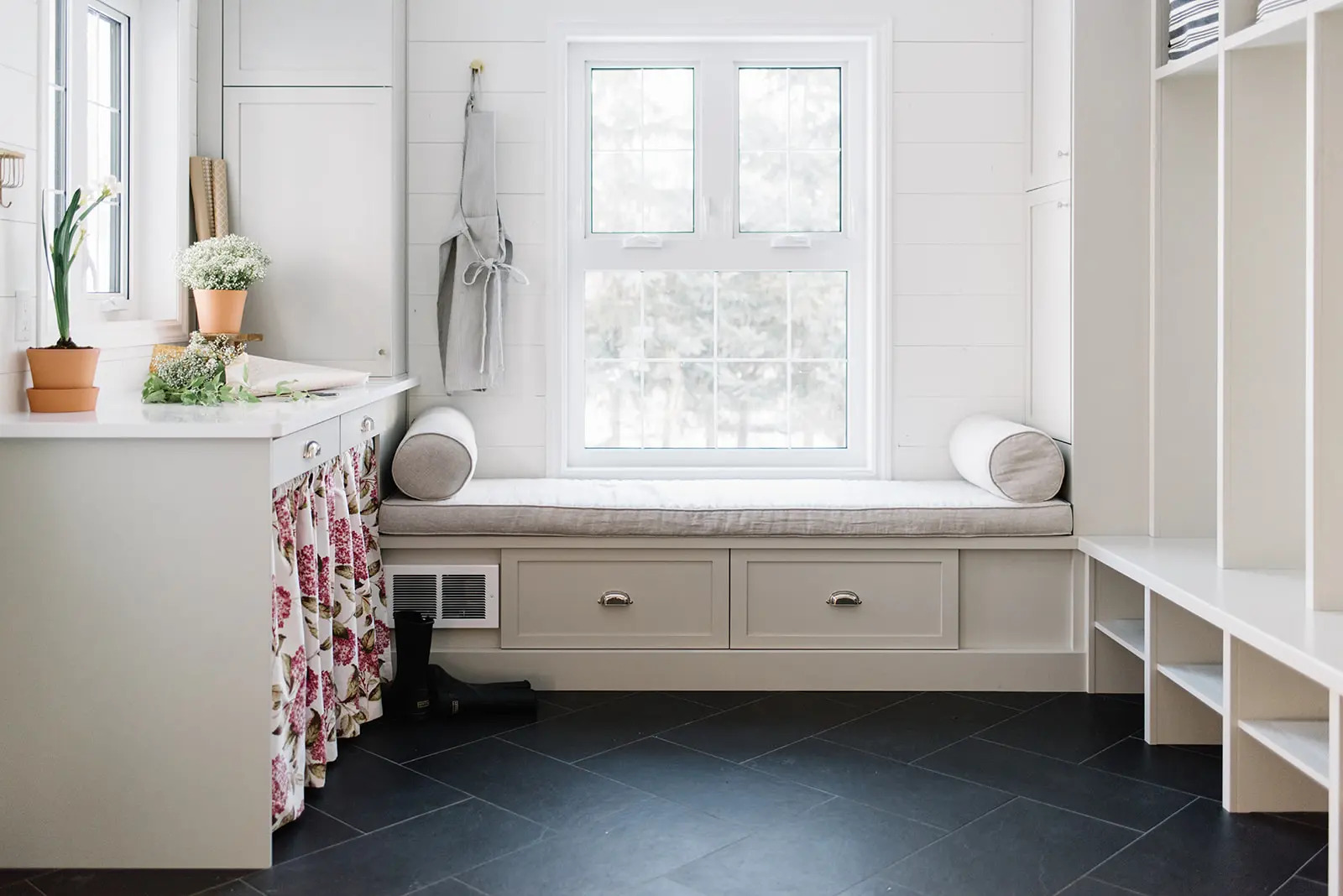
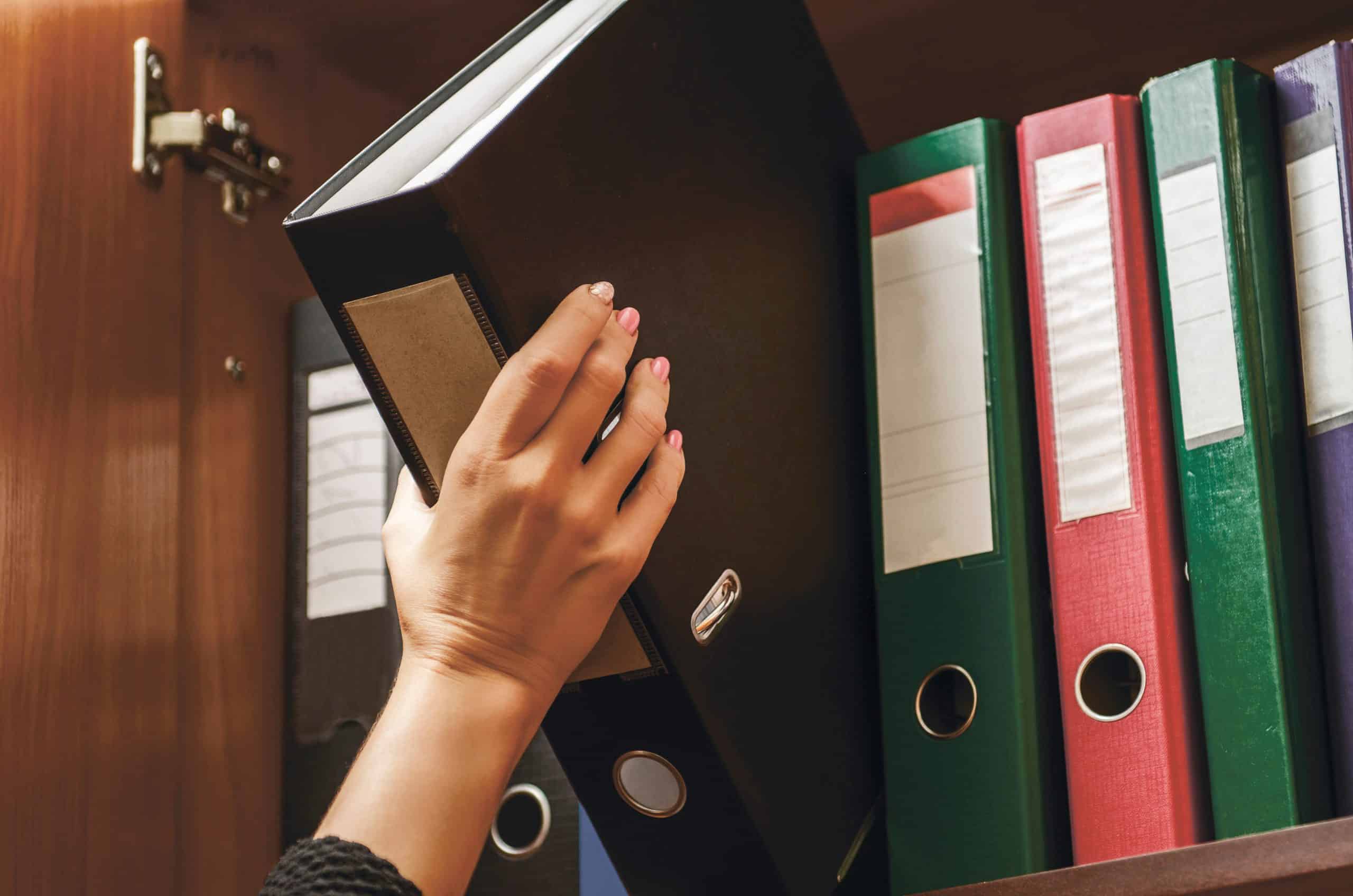

0 thoughts on “How Do You Design A Bookshelf?”